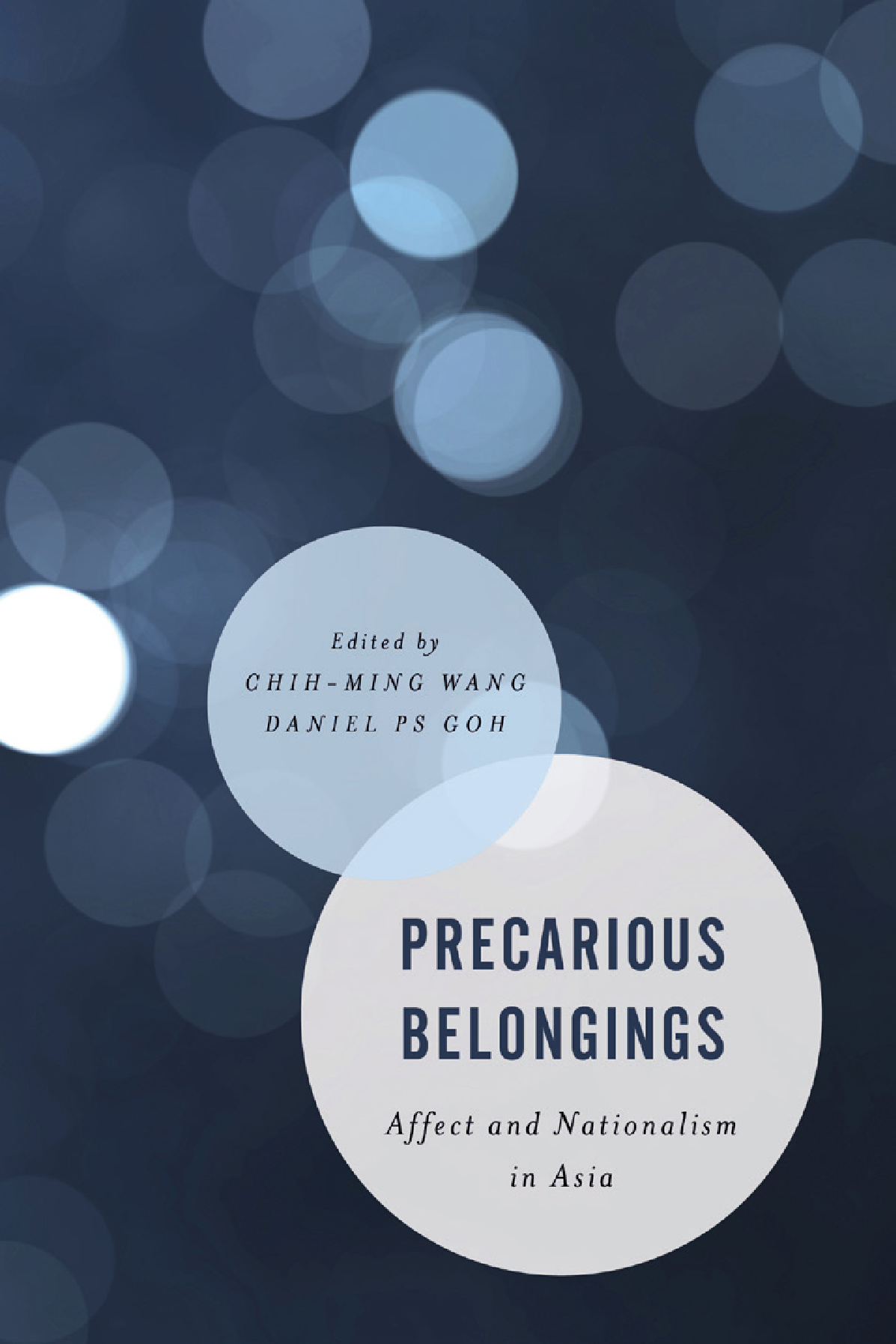“Strategies of Ambivalence: Cultures of Liberal Antifa in Japan,” in Radical History Review
In recent years, Japan has witnessed the 2011 Fukushima nuclear disaster, a rise in racist hate speech, and the reinterpretation of the constitution to enable state militarization. In response to these crises, a segment of Japanese activists has adopted antifa to bolster their ongoing participation in antinuclear, antiracist, and antiwar social movements. This intervention focuses on what the author calls liberal antifa. Informed by its vexed relationships to the Japanese New Left, liberal antifa in Japan attempts to encompass a broad spectrum of political positions including liberal, left-wing, and even right-wing activism. This intervention traces linkages between liberal antifa and the resurgence of protest after Fukushima, drawing on ethnographic observations and interviews to analyze opposition to fascism within multiple, overlapping social movements. The author also shows how liberal antifa borrows from transnational influences to blend radical and popular cultural practices in relation to music, fashion, art, and food.
“‘Extreme Pressure’: Gendered negotiations of violence and vulnerability in Japanese antiracism movements in Critical Asian Studies
Situated in the emergence of hate speech and antiracism counter protest in Japan, this article poses two questions: why do activists enact exclusions while attempting to fight against social inequality, and how do interpretations of gender shape activists’ understandings of antiracism? This article explores three findings: activists conceptualize the risk of being targets of hate speech and abuse as both gendered and racialized; antiracist activists interpret antiracism as a practice of redirecting vulnerabilities–a practice that is, itself, gendered; and antiracist activist communities struggle with ambivalence around masculinity and other “gender problems.” Although gender functions as a key lens through which anti-racism is conceptualized, movements devoid of an intersectional feminist analysis encounter exacerbated difficulties in resolving internal problems such as sexual harassment. This article focuses on the theme of vulnerability, which is enmeshed with the vocabulary of gender. Through analyzing vulnerability, this article offers an ethnographic account to explain why the reproduction of inequalities persist, even within social justice movements that aim to promote equality.
“‘We Are Already Living Together’: Race, Collective Struggle, and the Reawakened Nation in Post-3/11 Japan in Precarious Belongings
This essay explores why disaster becomes the catalyst for reimagining the nation while drawing on ethnographic data to elaborate on how activists attempt to perform this reimagining through affective negotiations. Focusing on antinuclear and antiracism movements, this chapter follows a new wave of post-3/11 activists who are simultaneously attempting to recuperate the power of the nation and rework the modalities of exclusion that have laid at the center of this political imaginary in Japan. What does it mean, for instance, to define membership in the nation not on the basis of racial/ethnic status but through the seemingly communal experiences of disaster, living together, and political solidarity? How is authentic Japanese-ness rewritten when the protester, committed to advocating for the will and future of the nation, is held up as a model citizen? In exploring the affective transactions underlying these themes, I find that reimagining the nation has also unearthed complex and contradictory imaginings of community and home, social obligations, and protections. While on one hand bearing the joyful promise of new communities, such tensions are also often experienced ambivalently, emotionally and through the body. While my larger project entails a twenty four-month ethnography of mobilization in Tokyo and Osaka, this chapter curates a series of small yet revealing moments taken primarily from my time in West Japan (Osaka) within the space of two years, 2014 to 2016.
The Digital Edge: How Black and Latino Youth Navigate Digital Inequality, with S. Craig Watkins, Andres Lombana Bermudez, Alexander Cho, Jacqueline Vickery, and Lauren Weinzimmer
The Digital Edge examines how the digital and social-media lives of low-income youth, especially youth of color, have evolved amidst rapid social and technological change. While notions of the digital divide between the “technology rich” and the “technology poor” have largely focused on access to new media technologies, the contours of the digital divide have grown increasingly complex. Analyzing data from a year–long ethnographic study at Freeway High School, the authors investigate how the digital media ecologies and practices of black and Latino youth have adapted as a result of the wider diffusion of the internet all around us–in homes, at school, and in the palm of our hands. Their eager adoption of different technologies forge new possibilities for learning and creating that recognize the collective power of youth: peer networks, inventive uses of technology, and impassioned interests that are remaking the digital world.
Relying on nearly three hundred in-depth interviews with students, teachers, and parents, and hundreds of hours of observation in technology classes and after school programs, The Digital Edge carefully documents some of the emergent challenges for creating a more equitable digital and educational future. Focusing on the complex interactions between race, class, gender, geography and social inequality, the book explores the educational perils and possibilities of the expansion of digital media into the lives and learning environments of low-income youth. Ultimately, the book addresses how schools can support the ability of students to develop the social, technological, and educational skills required to navigate twenty-first century life.




